I can't decide if the Garmin Instinct 3 is a winner or a flop
After a week, I'm trying not to take the Instinct 3's great features for granted, while still resenting a lack of novelty.
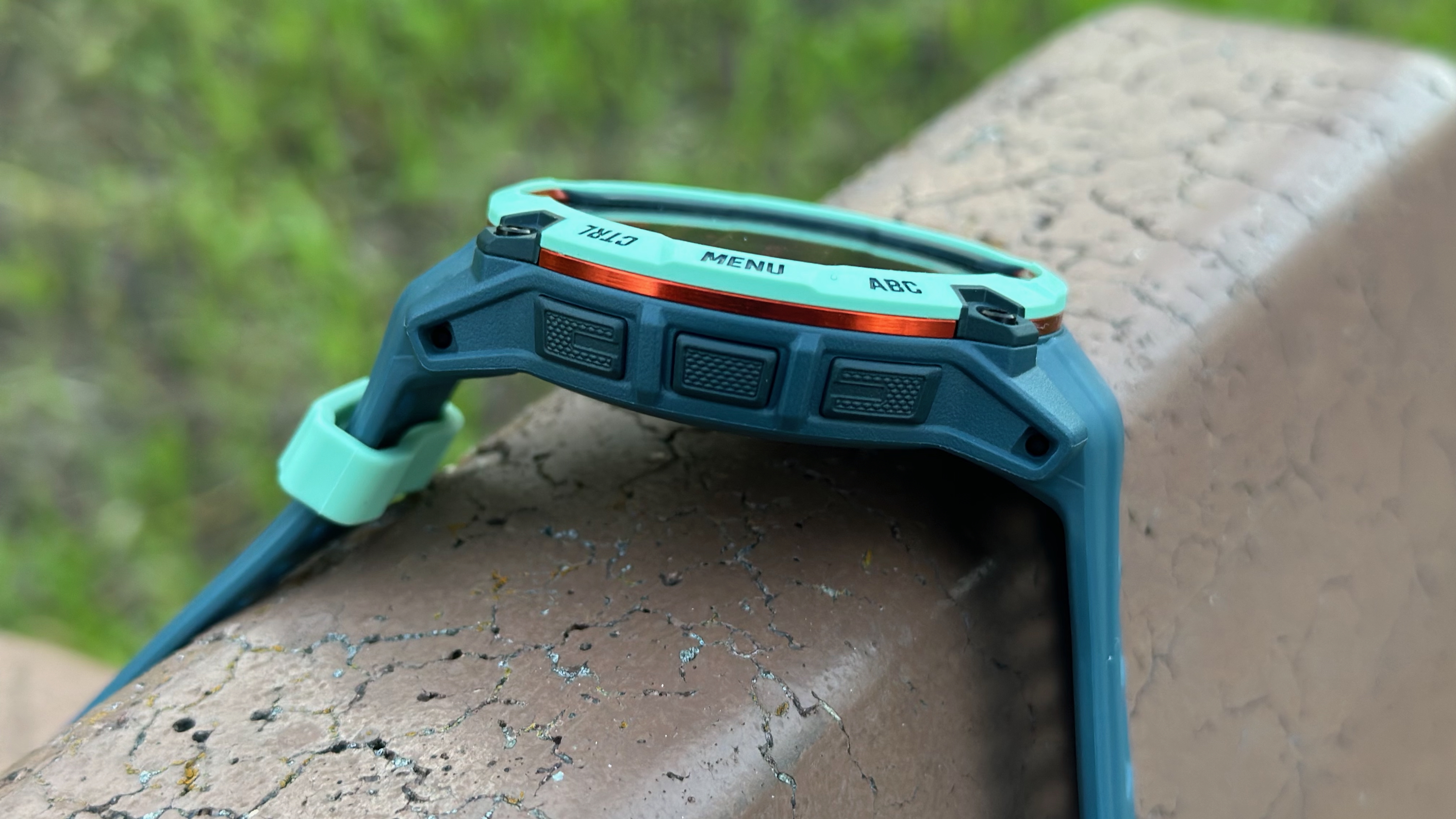
Having worn the Garmin Instinct 3 50mm AMOLED for a week, it's difficult to decide how to label it. A rugged Energizer bunny? A missed opportunity? A palette swap of the Instinct 2X Solar? Another nail in MIP displays' coffin? A "budget" pick that still costs a lot? Maybe it's all of the above!

In this weekly column, Android Central Wearables Editor Michael Hicks talks about the world of wearables, apps, and fitness tech related to running and health, in his quest to get faster and more fit.
Many Garmin users spend years between upgrades. Since I've reviewed the Instinct 2 Solar, Instinct 2X Solar, and a dozen other Garmins, it's easier to take the flashlight, dual-band GPS, and other cool upgrades for granted, where last-gen users will be excited by the innovation.
When Garmin offered me the Instinct 3 AMOLED or Solar to review, I chose the AMOLED at once. Aside from my deep dislike of MIP displays, I couldn't believe that Garmin still gave a $450 watch the same 1.1-inch, 176 x 176 resolution display just to prioritize "unlimited battery life" and an epic 260 GPS hours over everyday usability. Not to mention the return of the frequently misaligned second window.
The full-res, 1.3-inch AMOLED display looks lovely on my Neo Tropic Instinct 3, decently bright in direct sunlight and accentuated by the glossy orange aluminum bezel that catches light along its edge. You dip from over a month or two of solar battery life to 18–24 days. But at least your notifications and data graphs are more readable, and it remains longer-lived than the Venu 3 or Forerunner 265.
Still, I think the Garmin Instinct 3 AMOLED needed a trademark feature, similar to the Solar version's "unlimited" battery shtick. Garmin probably thought the flashlight and ruggedness qualified. But I think finally putting offline maps or LTE on a mid-range Garmin watch would've been the real game-changer.
Instead, Garmin made compromises with the Instinct 3 software and features that feel designed to upsell you to the $900 Enduro 3 to get the real 2025 Garmin adventurer experience.
Everyone except Garmin got the offline maps memo
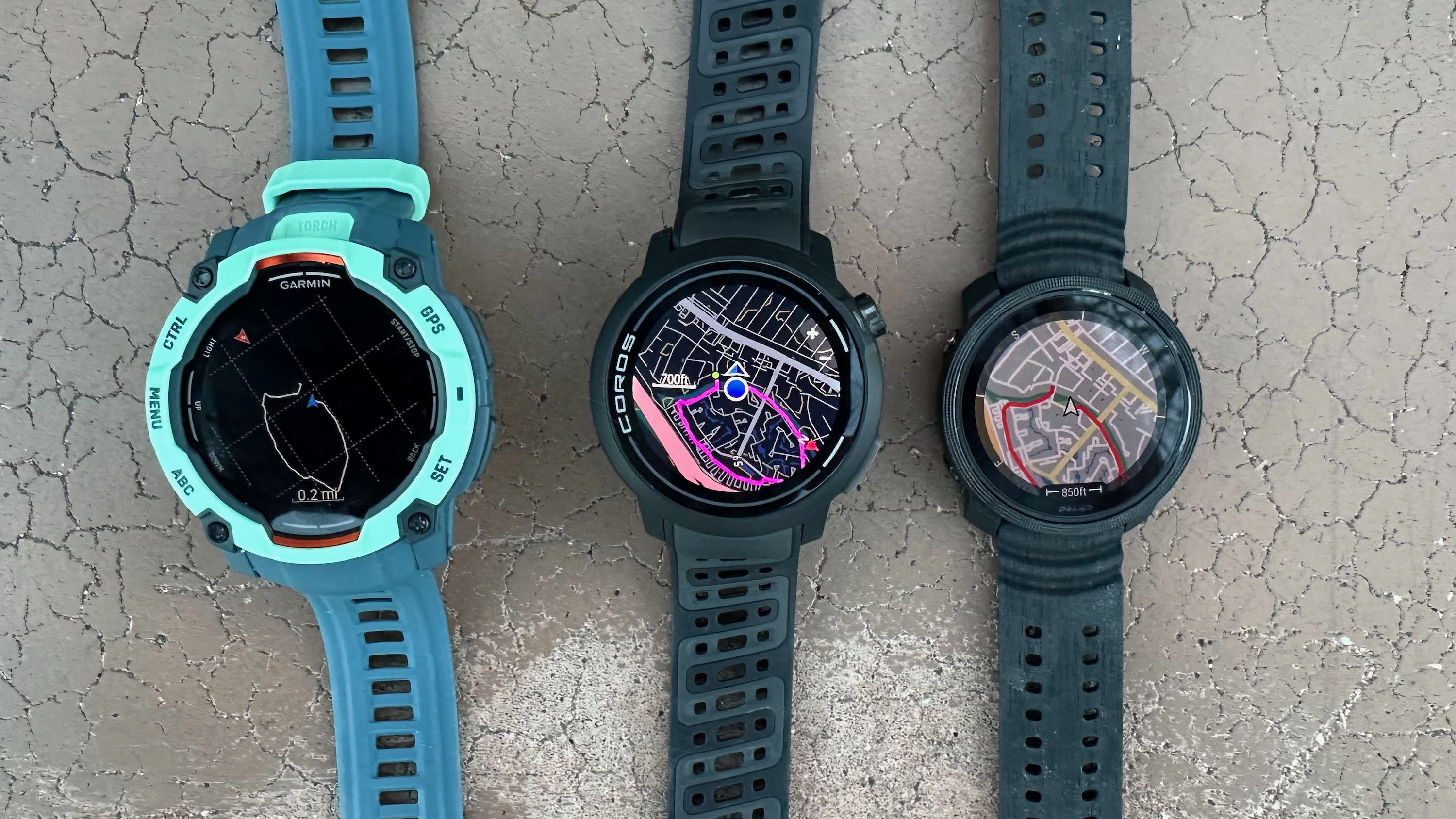
Garmin may have kicked off the MIP-to-AMOLED transition among running watch brands, but its rivals quickly followed suit. And when you look at the $399 COROS PACE Pro, $399 Polar Vantage M3, or $449 Suunto Race, you'll find they all added offline maps to go with their new AMOLED displays.
Be an expert in 5 minutes
Get the latest news from Android Central, your trusted companion in the world of Android
Most running watches let you download a GPX route from Strava or create one from your watch's companion app, then follow turn-by-turn directions with a line showing a breadcrumb trail of GPS data points you've hit in case you need to retrace your steps. That line appeared on a blank screen, with no visual context for trails, streets, or hills.
Then, the higher-end watches started adding downloadable offline maps that contextualized your route. You could see how the GPX route and GPS breadcrumbs aligned with real-world geography, making it easier to know where you're going or if you've strayed from the proper path.
Garmin restricts this feature to its Fenix, Enduro, and other $1,000-range series, except for the Forerunner 965 or Forerunner 955. Maps were Garmin's bargaining chip to upsell runners from the Forerunner 255/265, and they weren't necessarily a priority for the indoor-focused Venu 3 or the no-altimeter Vivoactive 5.
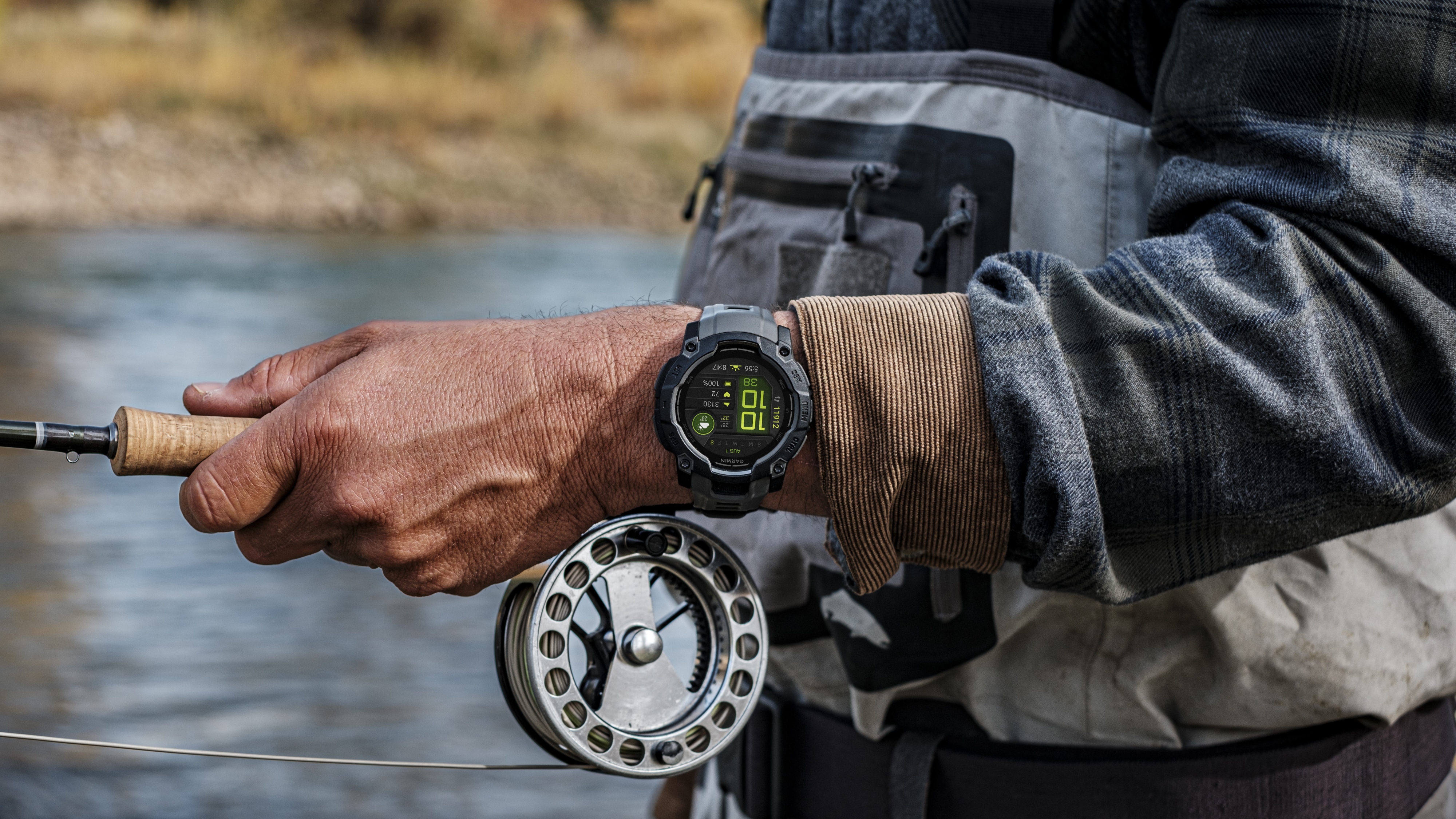
Still, the Instinct series is designed for people spending weeks out in nature, who might need an offline map backup in case their phone dies and they haven't pre-downloaded a route. But this would've required giving the Instinct 3 a more robust processor, an actual touchscreen, and (for the Solar series) ditching the low-res, two-window solution.
Instead, Garmin cut corners and costs: the Instinct 3 has noticeable lag and button-only input to navigate through menus. You'll have to buy the Enduro 3 for solar charging and maps.
When you consider that the freaking $99 Amazfit Active 2 has offline maps, it makes Garmin start to look out of touch in this area, even if it's well ahead of its rivals in other ways. Brands like Apple and Samsung may price-lock the best sensors and tools out of their cheaper SE or FE watches... but those watches cost half as much as the Instinct 3.
Coasting on last-gen sensors
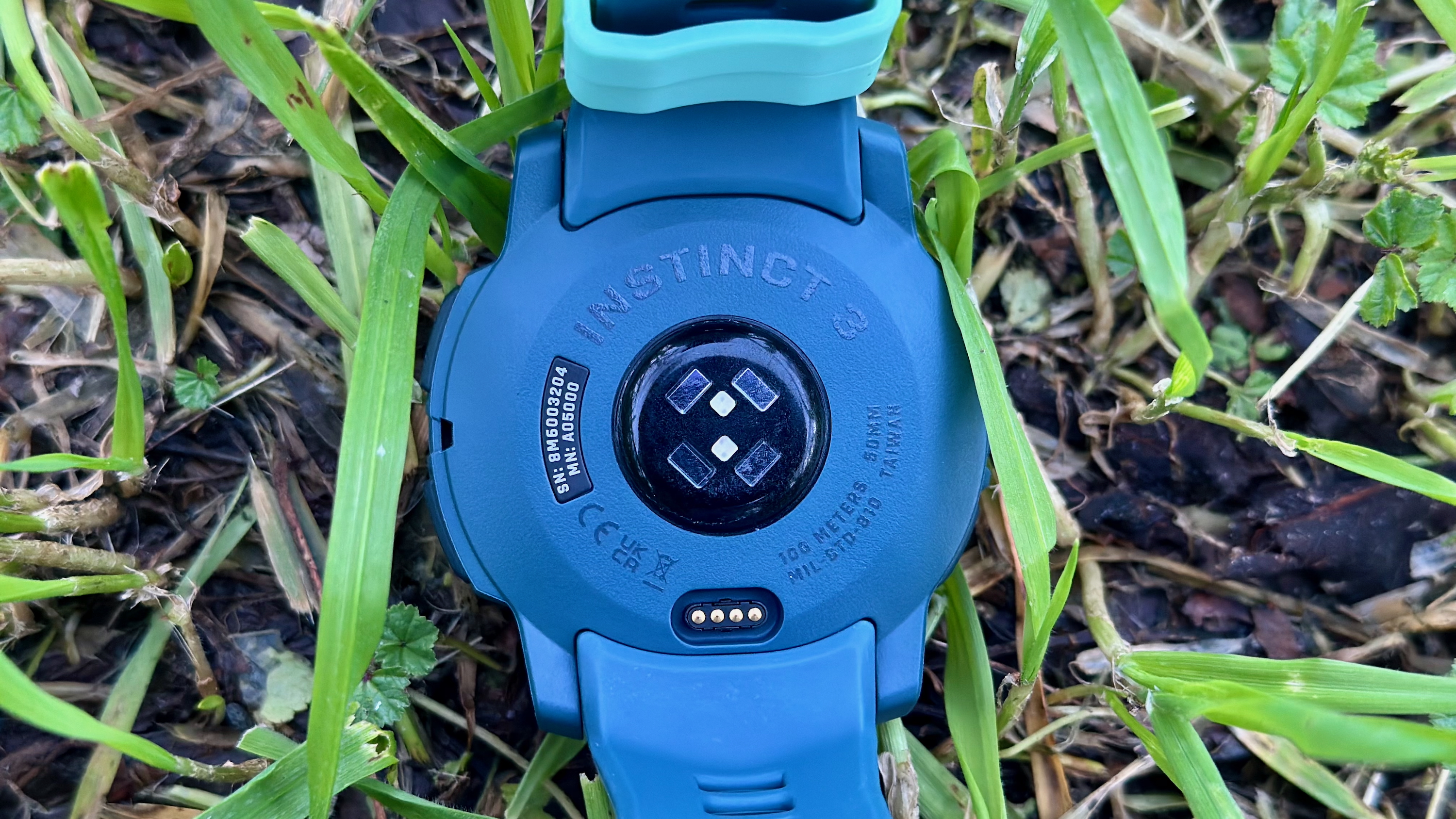
The Instinct 3 has the same heart rate sensor as the Instinct 2 when it launched three years ago. Does that matter?
You could argue that most healthy Garmin users don't need the Elevate v5's ECG tool, but outdoor sports like hiking are very popular with the middle-aged to elderly crowd that might want to occasionally check on their heart health. And skin temperature is becoming increasingly common as a metric to judge everything from possible sickness to period symptoms.
At the very least, you can rest assured that the Garmin Instinct 3 heart rate data is as accurate as most other Garmin watches. I gave it my traditional anaerobic track workout test, which most wrist-based optical sensors struggle with. Despite the rapid HR changes and cold (for California) weather, it stayed relatively close to my COROS HRM data, only falling 1 bpm short on average.
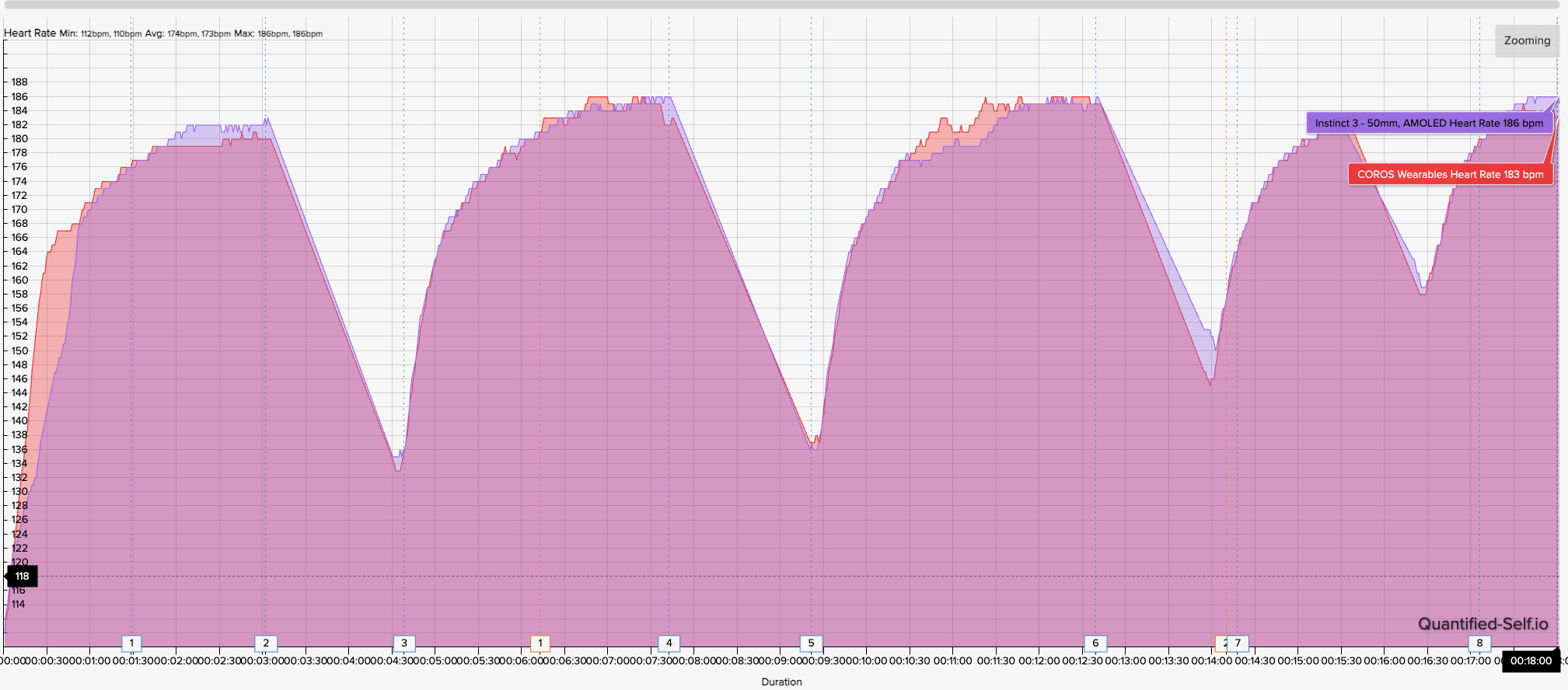
For a more "normal" run, it's also about what you'd expect: The Garmin Instinct 3 is very close to the armband data at all times with a minimal 1 bpm gap at almost every point and the same HR average at the end.
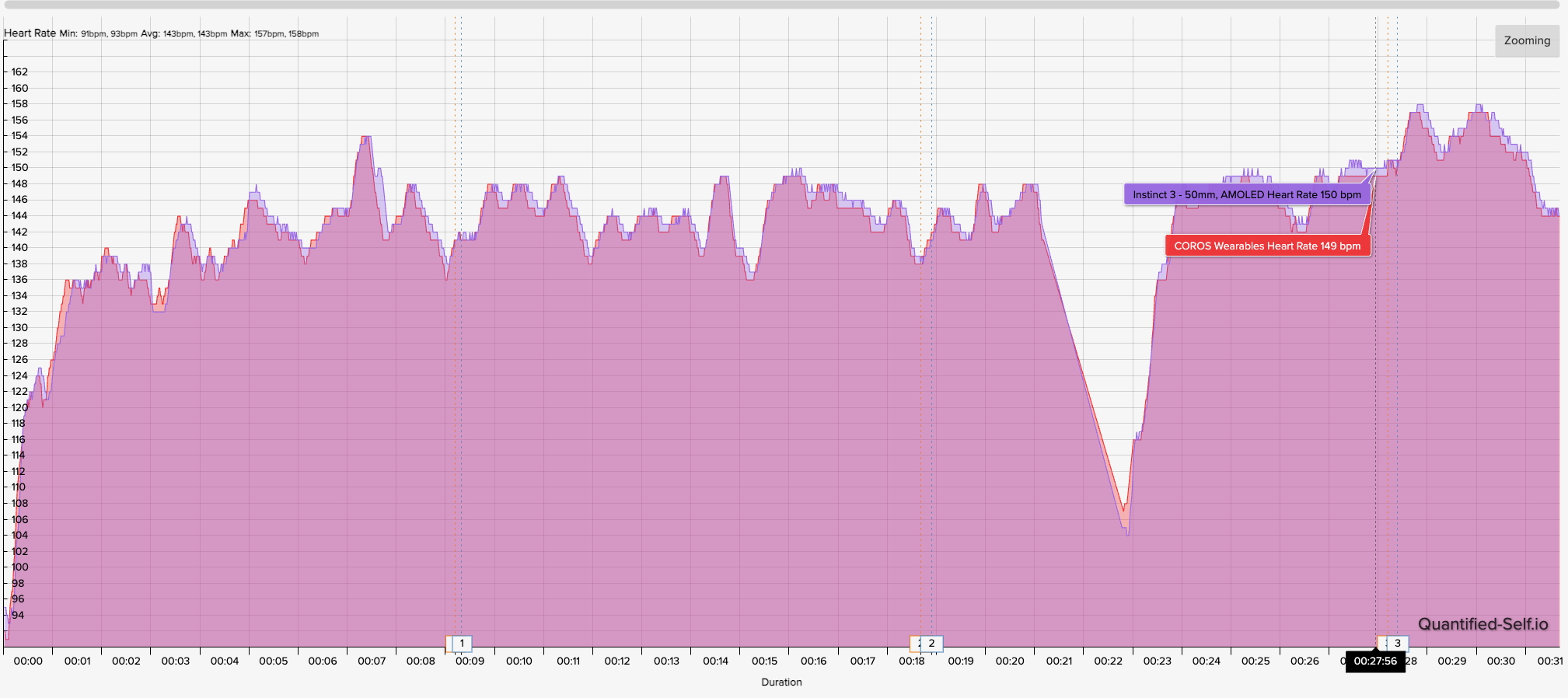
Of course, you could certainly wish that there wasn't such a frequent gap, small as it is! But to be fair, the Elevate v5 sensor on the Fenix 8 isn't perfect either, though it does tend to course-correct to match my arm or chest monitor data a little faster.
The fact remains that Garmin shouldn't have coasted with last-gen sensors while charging current-gen prices. If the $299 Garmin Instinct E had used last-gen sensors, that would've been a reasonable compromise.
As for GPS data, I'll save the satellite maps and lines for my review. But you can rest assured that its multi-band GPS data is as accurate as what you get with the most expensive Garmin models — and most people will be perfectly satisfied with SatIQ or GPS mode accuracy.
This is why I'm trying to be cognizant that I take certain things for granted. Anyone coming from an older Garmin watch or switching from another brand will be thrilled by the accuracy. It's only power users and tech reviewers who might ask, "But what have you done for me lately?"
The Garmin Instinct 3 is missing something
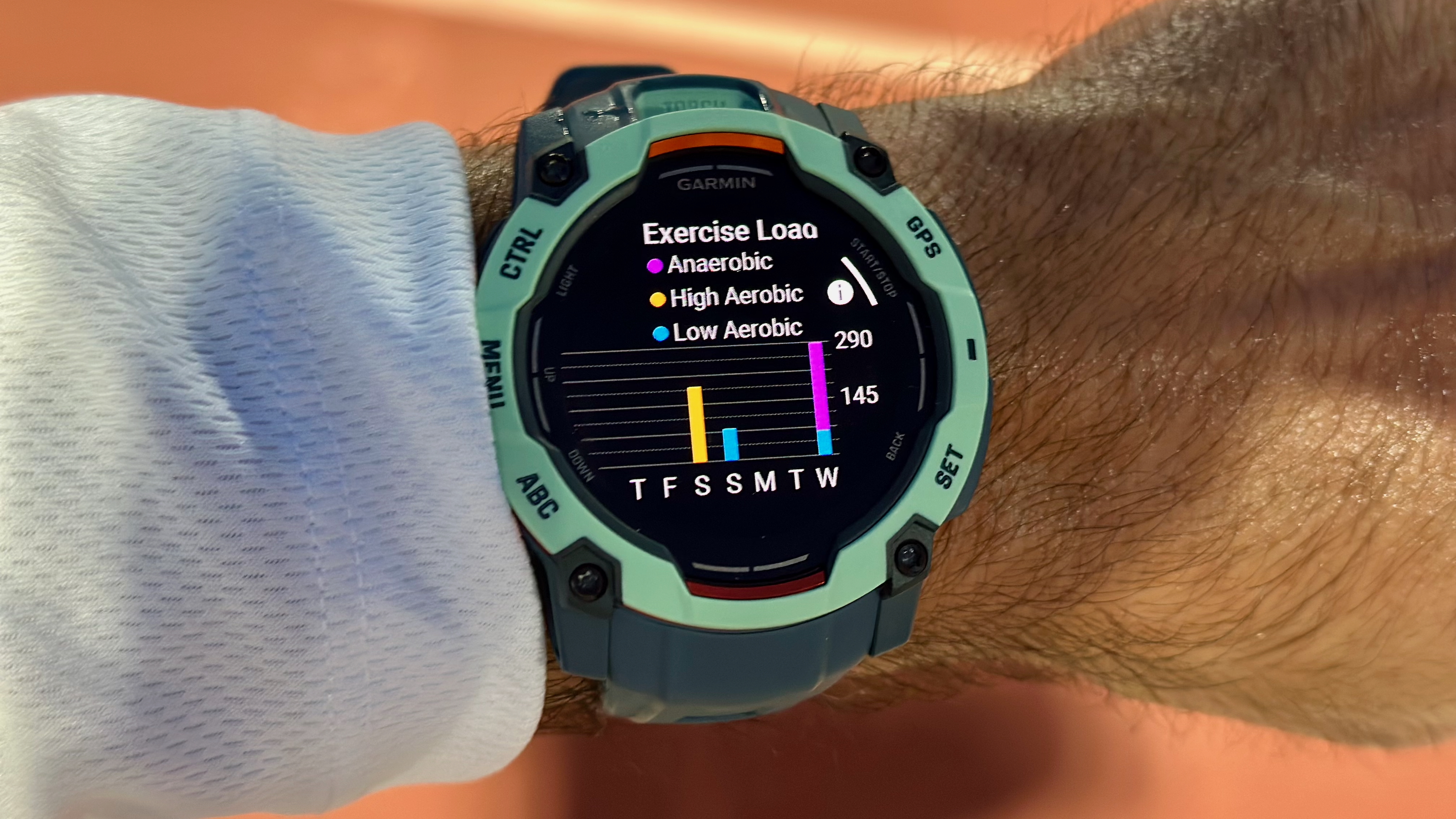
I don't want to downplay the Instinct 3's new features. I love training load focus for planning my next workout; nap detection and sleep coaching are useful for daily insights; running and cycling dynamics provide some niche info, and the AMOLED display is such a relief to my eyes.
But these are 2023 Forerunner and 2024 Venu perks essentially ported over. What is the Instinct series' specialization?
If this is for hikers or winter sports enthusiasts who need a rugged, long-lasting watch, I think they'd be more interested in built-in cellular support for emergencies, a rucking mode, or an estimated hydration and electrolyte loss widget during activities. Yes, I wanted offline maps, but it'd be easier to swallow their absence if the Instinct 3 had dazzled us with other new tricks.
The Fenix 8's massive success proves Garmin users will pay a small fortune for the best features. But this means Garmin has less pressure to keep its mid-range models as competitive. Want better features and good battery life? Pay double for the Enduro 3 or Fenix 8!
I wish Garmin didn't restrict software so rigidly by price, but that's just how they do business. And its customers — who might grumble about missing features and massive software crashes — won't abandon Garmin over a disappointing launch. They'll just wait for the inevitable Garmin Instinct 3X.
In my case, just like I felt underwhelmed by the Fenix 8 even as I acknowledged how great it was, I'm side-eyeing the Instinct 3's stagnation while recognizing that, in a vacuum, this is a great fitness watch for anyone who uses their phone for maps and prioritizes battery life, durability, and "normal" Garmin smarts over any flashy new tricks.

Michael is Android Central's resident expert on wearables and fitness. Before joining Android Central, he freelanced for years at Techradar, Wareable, Windows Central, and Digital Trends. Channeling his love of running, he established himself as an expert on fitness watches, testing and reviewing models from Garmin, Fitbit, Samsung, Apple, COROS, Polar, Amazfit, Suunto, and more.
You must confirm your public display name before commenting
Please logout and then login again, you will then be prompted to enter your display name.
